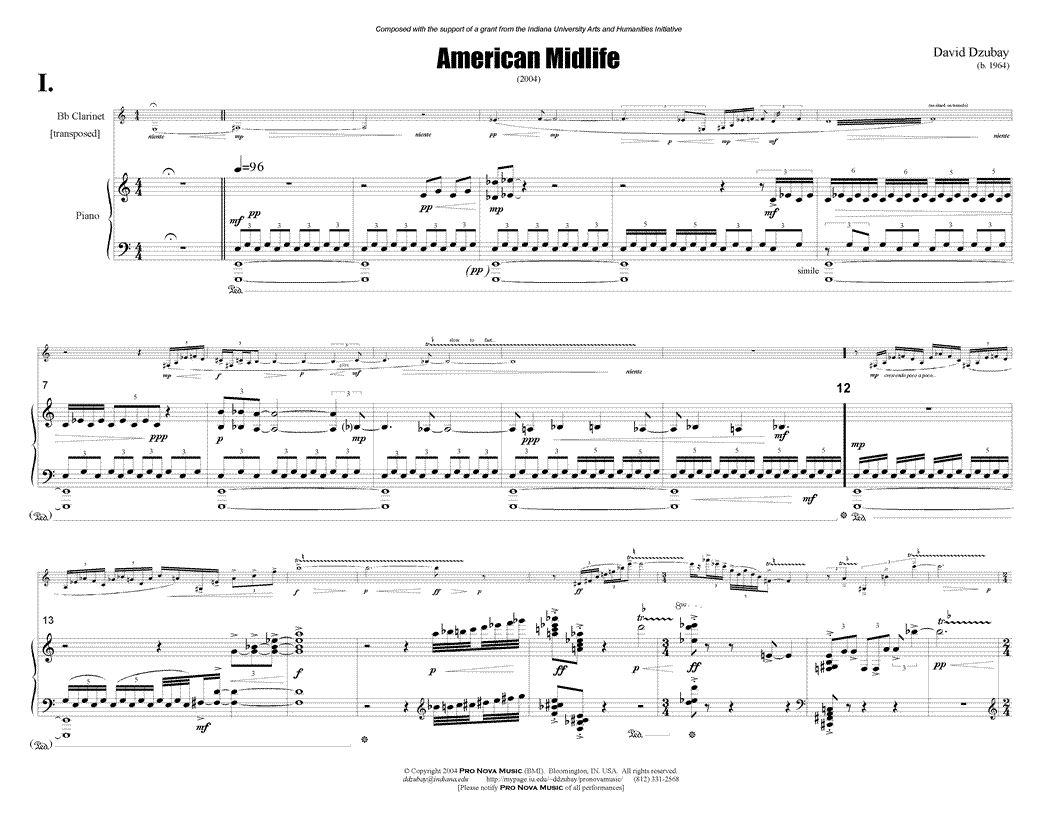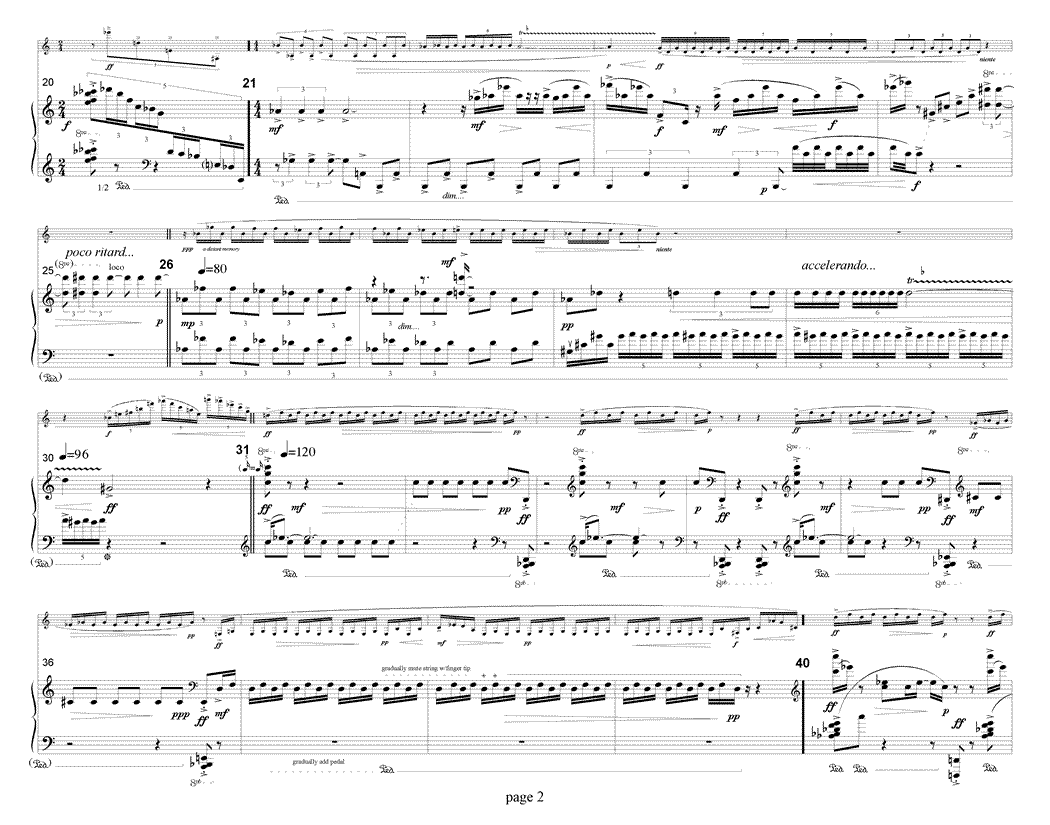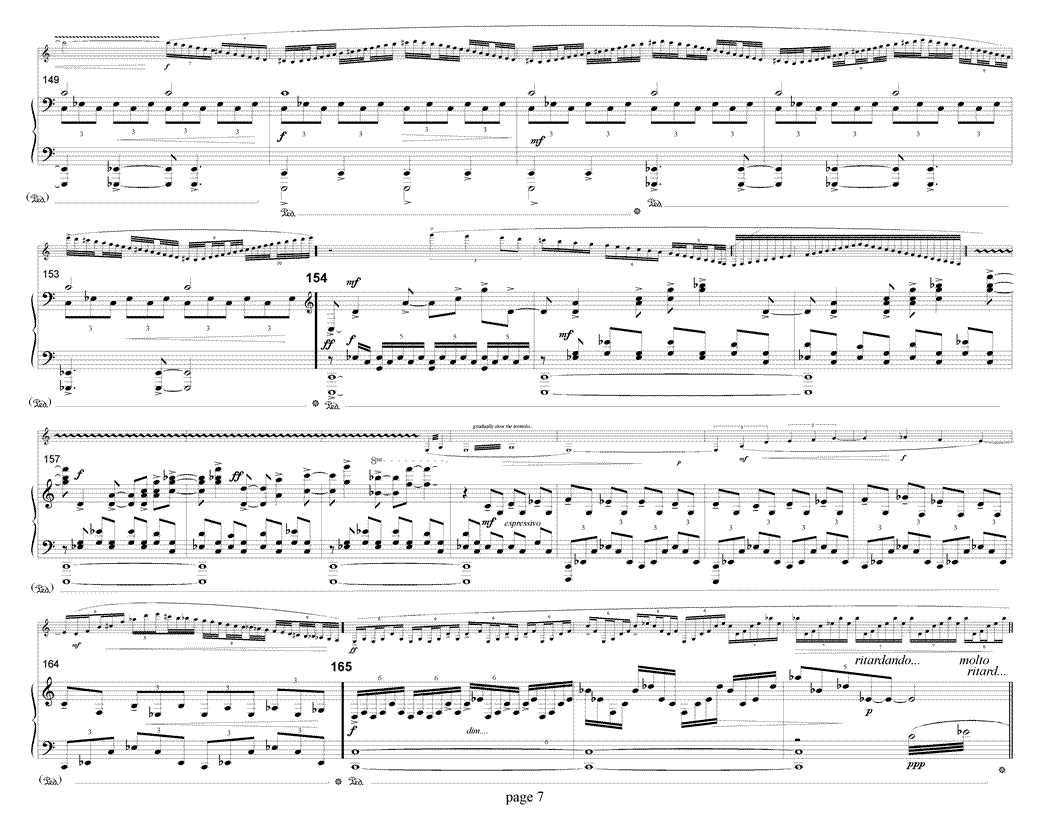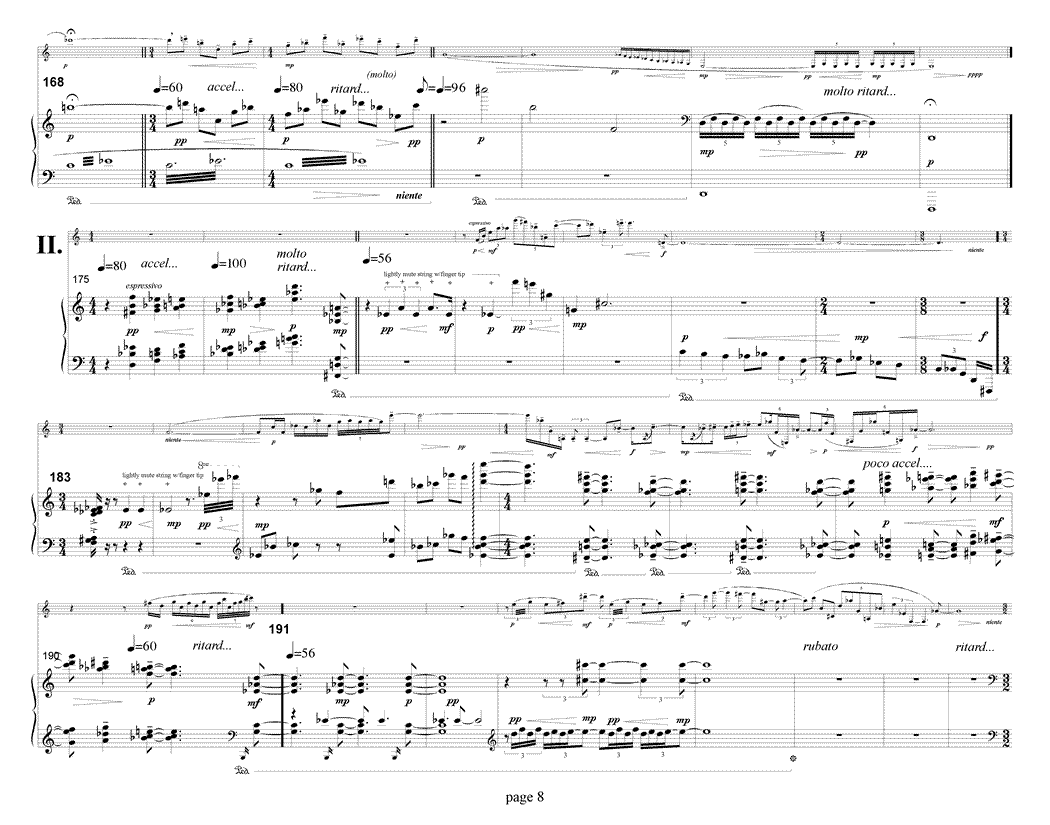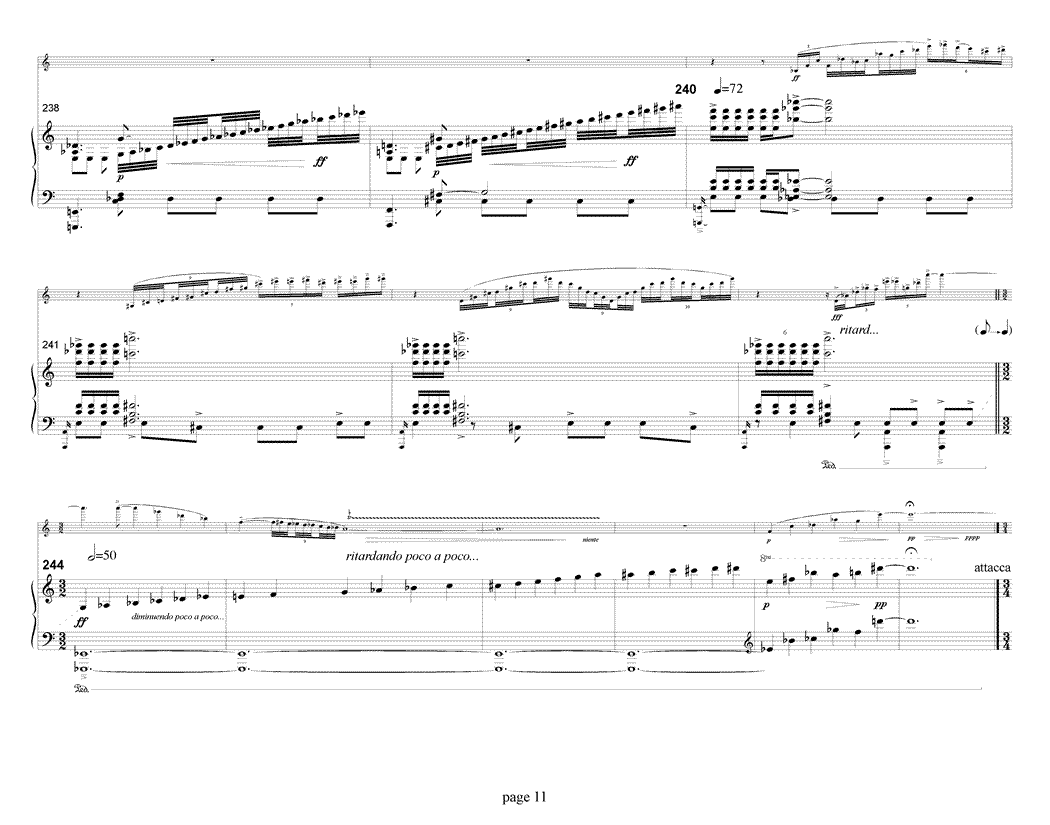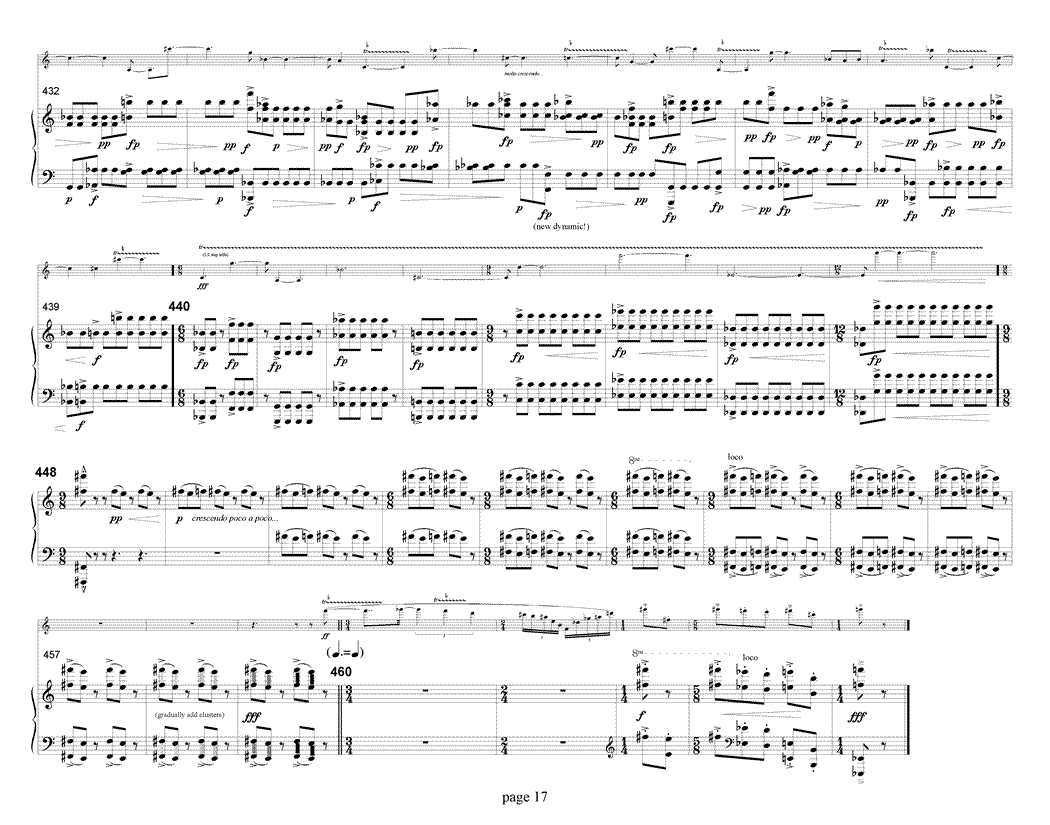Clarinet Sonata - "American Midlife"
(2004)
- Present
- Past
- Future
duration: 16 minutes
Slovak Radio Symphony Orchestra, Tasha Warren (cl), Kirk Trevor (cond.) (arrowheads navigate tracks):
Recording
 Innova 634 American Midlife
Innova 634 American Midlife
Slovak Radio Symphony Orchestra, Kirk Trevor
Tasha Warren, Clarinet (concerto version)
Program Note
Though ours is a relatively young country, just over 200 years old, one can easily imagine witnessing current signs of an American midlife crisis. With a populace so divided about everything from social and economic issues to national security, I wonder where we are headed. It seems we are at a crossroads, making critical decisions about the future of our society . We have enough history to provoke thoughtful reflection on past decisions, current states of affairs and future possibilities. I hope we will make “good choices” in the coming years.
In American Midlife, the first movement, “Present,” reflects a variety of moods, with abrupt changes of contrasting character, tempo, dynamics, and texture. The slow introduction presents musical ideas used in all three movements; even within this brief slow section the music is being pulled in different directions, trying to decide which way to go. When the fast music begins, the clarinet ’s ‘perspective’ is reduced to a simple minor third, as if consciously putting aside the competing ideas for the moment. From here on, through three central sections with a couple transitions, the clarinet ’s melodic line becomes more and more elaborate and perhaps increasingly frantic as well, eventually bouncing around in all registers. At the climax of the movement, the tempo steps back, and the clarinet is gradually overcome by the piano. The movement is rounded off by a quiet return to the minor third.
The second movement, “Past,” is largely one of contemplation, containing a great deal of rather tender music that also seems to be in search of something. Contrasting these moods are some dramatic outbursts – anger, frustration, realization? This movement again rounds off to a quiet end, leading without pause to the third movement, “Future.”
The final movement is fast, mercurial, industrious, and even optimistic. The clarinet’s material is more confident, using the minor third again, but now in a determined way, leading rather than reacting to the piano. The perfect fifth, used a bit in the first movement is featured even more prominently here, notably in a long flurry of fifths by the clarinet shortly before the conclusion. Perhaps the emphasis on that ‘perfect’ interval reflects my hope for the future, both of the individual and society.


